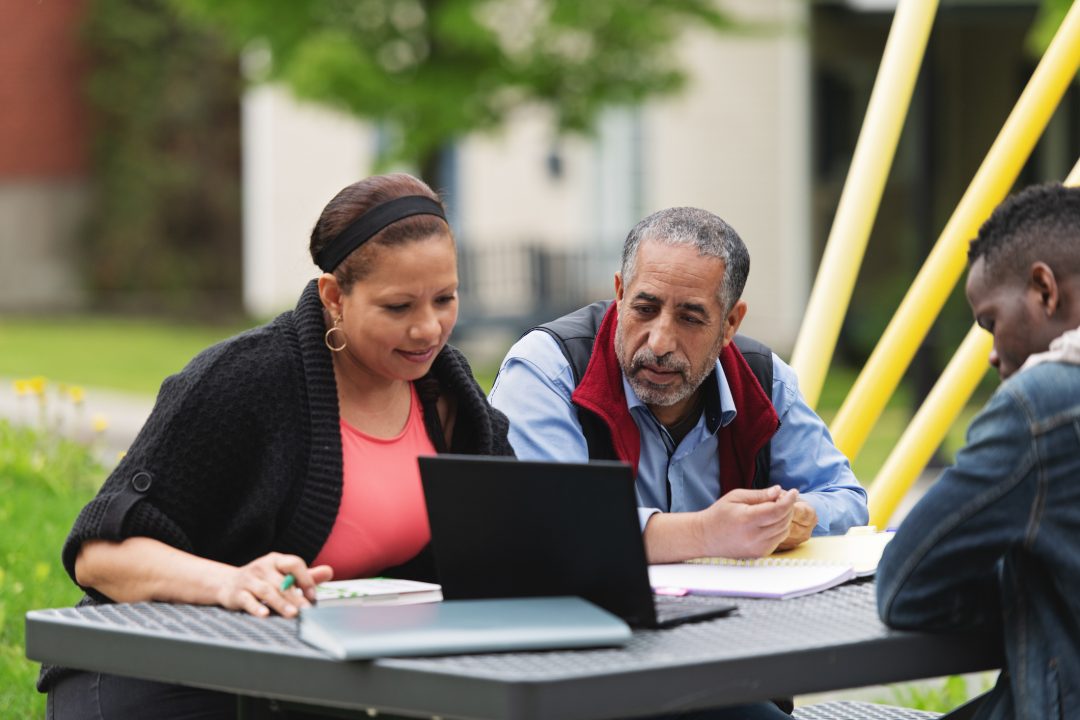Once you’ve found a problem, talked with customers, and have got a great solution on paper, what do you do next?
It’s time to take your ideas and make something concrete out of them! When it comes to prototyping, the key is to keep it simple.
The point of your first prototype isn’t to have the final version of your product; it’s to make sure that your idea works the way it should once built. This is where you find out what needs to be tweaked in terms of the practical side of your solution or business.
Let’s start with physical prototypes
You may think you know how your product is going to work, but until you physically hold it you can’t really be sure. There are two types of physical prototypes: a “presentation” prototype, and your “pre-production” prototype.
A simple homemade prototype can help you see the flaws in your idea and modify the idea early on before you make a full-scale version. It will also let you test various materials. While in your head you may think that plastic is the best option, you might realize that plastic breaks too easily and you’ll want to switch materials. A prototype is also useful when talking to investors; it can make investors take you seriously because your idea has been implemented, and functions.
How do I make a physical prototype?
If you have the access or funds to pay for it, a 3D printer is a very quick and efficient way to create a physical prototype.
However, this solution is not feasible for everyone so this is an opportunity to get creative! Find things around your home that you can use to create your prototype. You may need to think out-of-the-box If you’ll require certain materials; if you need plastic, for example, there’s an interesting product called Shapelock that can be molded easily and hardens as it cools.

My product is completely online, how do I make a prototype?
There exist a number of online software programs that you can use to design your website or digital platform. A few that we’ve used here at Bridge:
1. InVision– This online platform is a leading prototyping, collaboration and workflow platform. Not only can you upload your own design images to this platform, it also allows you to make interactive prototypes that include transitions and animations. The best part is that it doesn’t require any coding knowledge to use! It also allows you and any collaborators to easily work together and leave comments on designs as you revise your prototype.
2. POP– POP (Prototyping on Paper) is an interactive app that allows designers to quickly translate their hand drawn designs to online designs. You just draw out your designs on paper; use their app to take a picture and upload them. You can then add animations and transitions to the different pages.
Never forget the #1 rule of prototyping
Keep it simple- as entrepreneurs we’re perfectionists, and when designing and prototyping a digital product there’s a huge temptation to add every feature you can imagine. However, you have to remember that a prototype is your first draft and you shouldn’t be striving for perfection. This is a starting point for you to test the idea you have and present it to possible customers to see what they think.
Prototyping is the first time you’ll see your idea come to life, which can be both exciting and stressful. Will your idea work in practice? How will it come together? Prototyping is extremely helpful in determining what needs to be changed from your original idea in order to create a product that customers really want.
Bridge for Billions is an online incubation platform, matching entrepreneurs with qualified mentors. We guide entrepreneurs through the process of developing their business idea into a structured business plan through our Leap Program.



